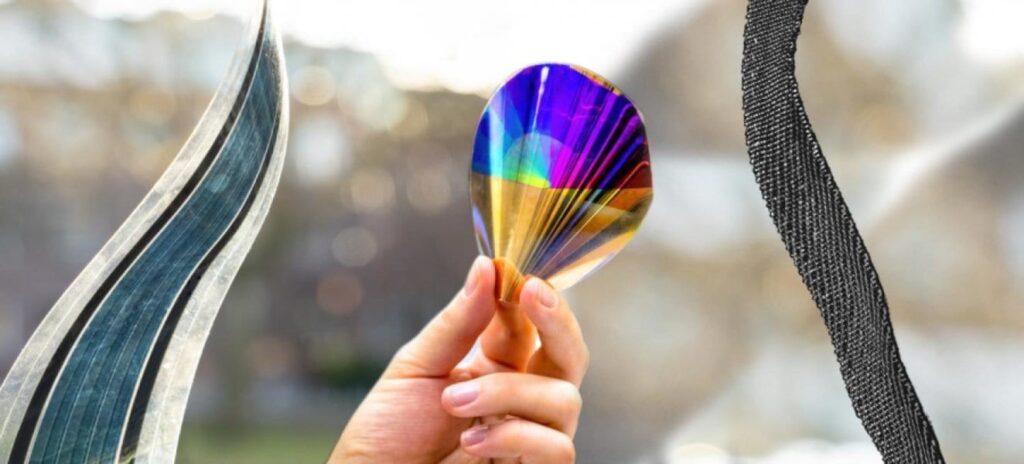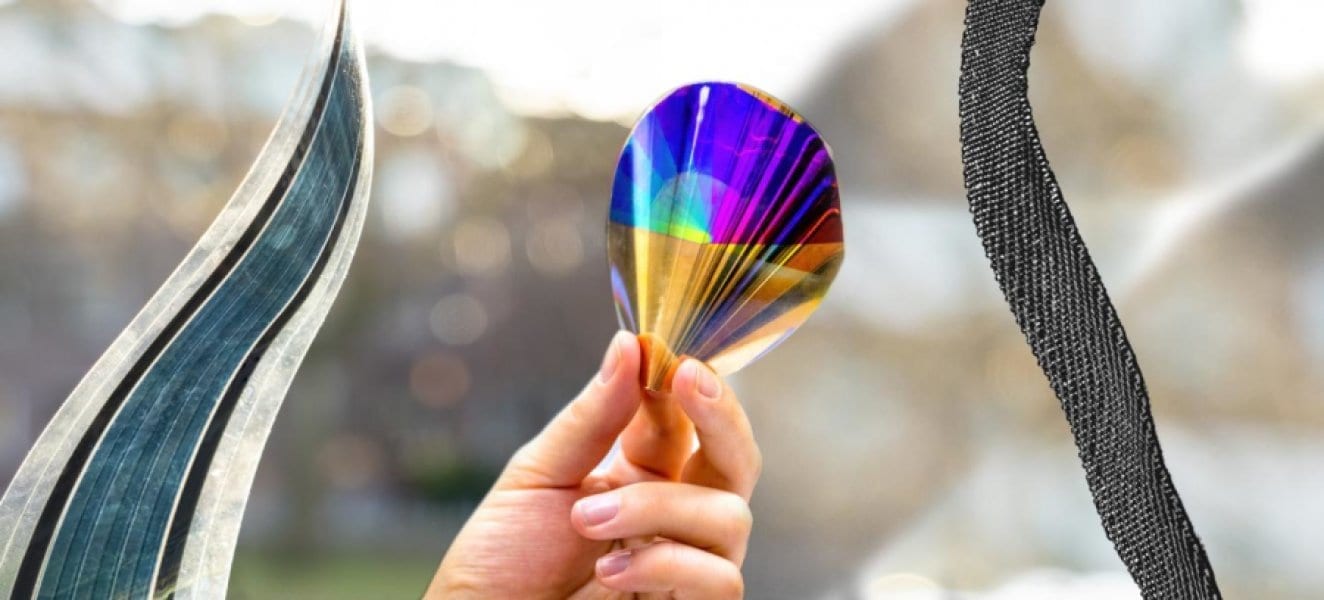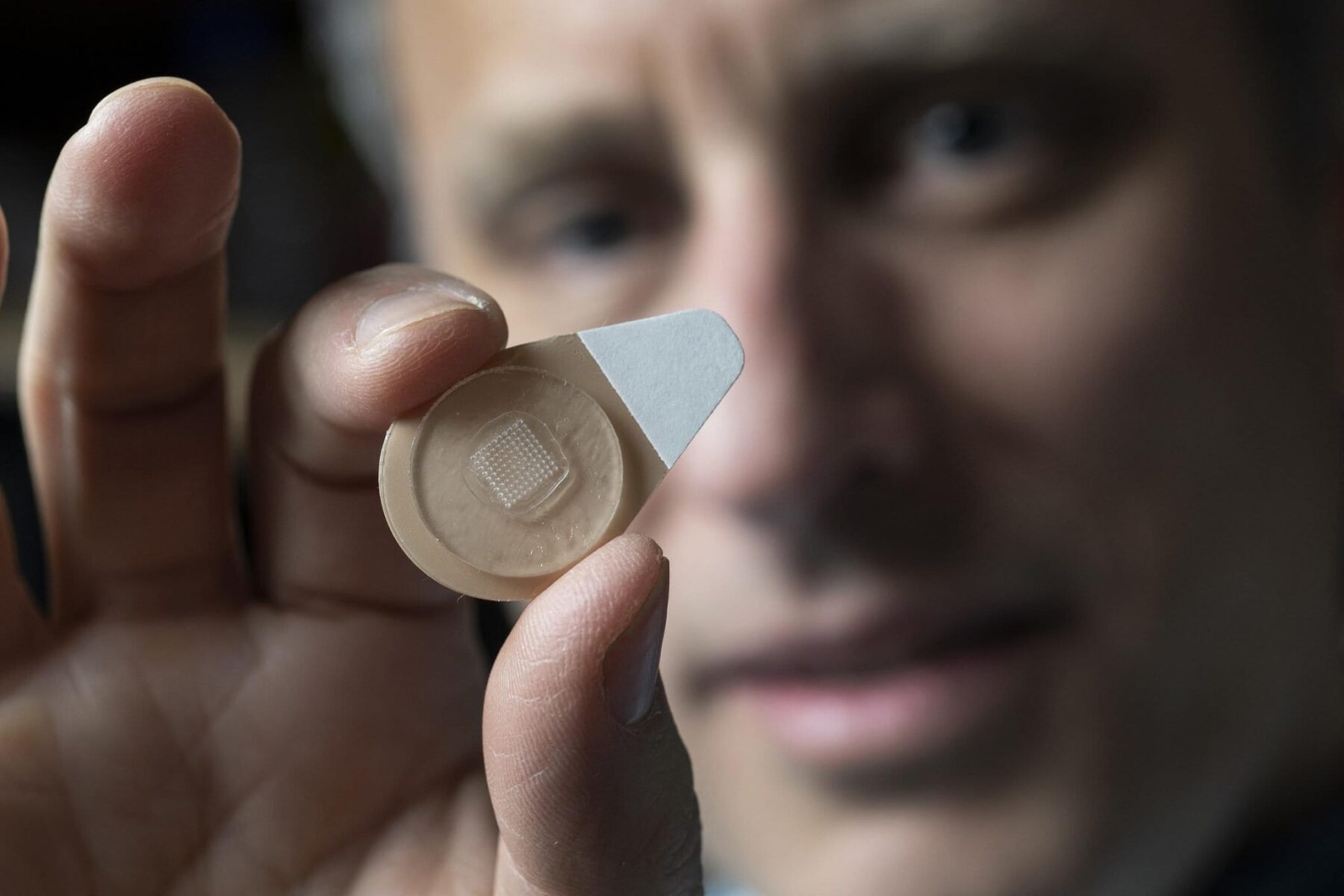
Researchers from Chalmers University of Technology, Sweden, have discovered a simple new tweak that could double the efficiency of organic electronics. OLED-displays, plastic-based solar cells and bioelectronics are just some of the technologies that could benefit from their new discovery, which deals with “double-doped” polymers.
The majority of our everyday electronics are based on inorganic semiconductors, such as silicon. Crucial to their function is a process called doping, which involves weaving impurities into the semiconductor to enhance its electrical conductivity. It is this that allows various components in solar cells and LED screens to work.
For organic – that is, carbon-based – semiconductors, this doping process is similarly of extreme importance. Since the discovery of electrically conducting plastics and polymers, a field in which a Nobel Prize was awarded in 2000, research and development of organic electronics has accelerated quickly. OLED-displays are one example which are already on the market, for example in the latest generation of smartphones. Other applications have not yet been fully realised, due in part to the fact that organic semiconductors have so far not been efficient enough.
Doping in organic semiconductors operates through what is known as a redox reaction. This means that a dopant molecule receives an electron from the semiconductor, increasing the electrical conductivity of the semiconductor. The more dopant molecules that the semiconductor can react with, the higher the conductivity – at least up to a certain limit, after which the conductivity decreases. Currently, the efficiency limit of doped organic semiconductors has been determined by the fact that the dopant molecules have only been able to exchange one electron each.
But now, in an article in the scientific journal Nature Materials, Professor Christian Müller and his group, together with colleagues from seven other universities demonstrate that it is possible to move two electrons to every dopant molecule.
“Through this ‘double doping’ process, the semiconductor can therefore become twice as effective,” says David Kiefer, PhD student in the group and first author of the article.
According to Christian Müller, this innovation is not built on some great technical achievement. Instead, it is simply a case of seeing what others have not seen.
“The whole research field has been totally focused on studying materials, which only allow one redox reaction per molecule. We chose to look at a different type of polymer, with lower ionisation energy. We saw that this material allowed the transfer of two electrons to the dopant molecule. It is actually very simple,” says Christian Müller, Professor of Polymer Science at Chalmers University of Technology.
The discovery could allow further improvements to technologies which today are not competitive enough to make it to market. One problem is that polymers simply do not conduct current well enough, and so making the doping techniques more effective has long been a focus for achieving better polymer-based electronics. Now, this doubling of the conductivity of polymers, while using only the same amount of dopant material, over the same surface area as before, could represent the tipping point needed to allow several emerging technologies to be commercialised.
“With OLED displays, the development has come far enough that they are already on the market. But for other technologies to succeed and make it to market something extra is needed. With organic solar cells, for example, or electronic circuits built of organic material, we need the ability to dope certain components to the same extent as silicon-based electronics. Our approach is a step in the right direction,” says Christian Müller.
The discovery offers fundamental knowledge and could help thousands of researchers to achieve advances in flexible electronics, bioelectronics and thermoelectricity. Christian Müller’s research group themselves are researching several different applied areas, with polymer technology at the centre. Among other things, his group is looking into the development of electrically conducting textiles and organic solar cells.
Learn more: Breakthrough in organic electronics
The Latest on: Organic electronics
[google_news title=”” keyword=”organic electronics” num_posts=”10″ blurb_length=”0″ show_thumb=”left”]
via Google News
The Latest on: Organic electronics
- Unravelling Secrets Of Efficient Organic Photovoltaicson April 25, 2024 at 10:18 pm
Discover how investigating the electron-accepting molecule Y6 is revolutionising organic photovoltaics, offering new hope for sustainable energy solutions.
- USM Brothers Earn Fellowships to Prestigious MIT Programon April 25, 2024 at 7:40 am
Kaitochukwu and Otitodilichukwu Chukwuka, twin brothers and undergraduate polymer science students at The University of Southern Mississippi (USM), have been awarded fellowships to the prestigious MIT ...
- Organic Electronic Market Navigating Market Dynamics Future-Proofing Your Business for Tomorrowon April 21, 2024 at 3:48 pm
Request To Download Free Sample of This Strategic Report @- Organic electronics are unlike conventional inorganic semiconductors, organic electronic materials are architecture using organic ...
- Conjugated Polymers for Organic Electronicson March 27, 2024 at 5:01 pm
Get access to the full version of this content by using one of the access options below. (Log in options will check for institutional or personal access. Content may require purchase if you do not ...
- A new dawn for flexible electronics: Eliminating energy wasteon March 25, 2024 at 1:38 pm
Lei Zhang, a lead researcher on the project, stated, "This breakthrough not only challenges the existing limitations faced by organic electronics but also opens up new pathways for the development ...
- Research yields method for extended lifespan, high-definition OLED displayson March 17, 2024 at 10:16 am
High-efficiency blue organic light-emitting diodes (OLEDs) are a type of organic electronics that are already widely used in displays and cellphones and have the potential to be more efficient ...
- Organic Electronics Explainedon April 28, 2023 at 6:57 am
Organic electronics, sometimes referred to as plastic electronics or polymer electronics, is an emerging field of technology that centers on the development of electronic devices using organic (carbon ...
- Organic Electronics/Photonics Cleanroomon September 10, 2021 at 4:11 am
The School of Physical and Chemical Sciences (SPCS) Organic Electronics/Photonics Cleanroom is located in room 125 of the GO Jones Building at Queen Mary University of London, Mile End campus. The ...
- Organic electronicson November 9, 2018 at 12:23 pm
The establishment of high-tech products relying on organic semiconductors demonstrates the remarkable technological maturity and competitiveness of these materials. This focus issue explores the ...
via Bing News











